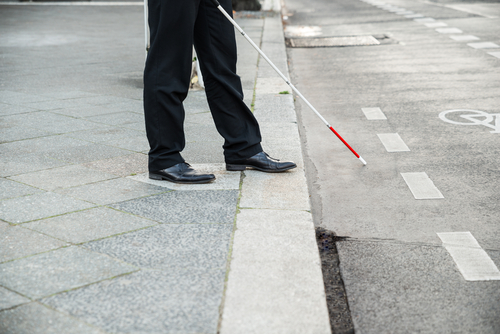Diabetes is a leading cause of blindness among those ages 20-74, yet studies show many aren’t aware of diabetic eye disease. Many with diabetes fail to receive regular eye exams, and this lack of care could lead to avoidable blindness.
“It’s alarming that so many people with diabetes or at risk for diabetes may be unaware of the damage their condition can do to their eyes and may not be getting exams to check for it,” said Raj K. Maturi, MD, in a recent press release. He is an ophthalmologist and clinical spokesperson for the American Academy of Ophthalmology. “Outside of maintaining good blood glucose levels, having an annual dilated eye exam is the best first-line defense against vision loss from diabetic eye disease.”
Statistics show that only about 60 percent of people with diabetes have annual eye exams. An estimated 400,000 fewer people would lose vision if every diabetic patient had an annual exam.
There are multiple kinds of eye problems that can stem from diabetes. Here are three that can lead to blindness.
Diabetic Retinopathy is when the small blood vessels in the eye change by swelling, leaking fluid or by closing off completely, blocking blood flow to the retina. Various treatment options are available for this problem, including surgery to remove the scar tissue caused by abnormal blood vessels. Diabetic retinopathy affects 28.5 percent of diabetic people over the age of 40. It can lead to macular edema, which is the most common cause of vision loss among those with diabetes.
Cataracts are more likely to develop in those with diabetes than in those without diabetes. Depending on the severity of the cataracts, different treatments are available. Cataract surgery, which replaces the natural, clouded lens with an artificial lens, can restore vision.
Glaucoma, which damages the optic nerve and peripheral vision, is more likely to develop in diabetics than in other people. If left untreated, glaucoma can result in blindness.
Anyone with type 2 diabetes should receive a dilated eye exam each year specifically for the purpose of detecting diabetes-related eye problems. In Utah, 7.1 percent of the population has diabetes. In 2010, there were 164,000 cases of diabetes in Utah, according to a report from The State of Obesity.
Reviewed by:
Dr. Phillip C. Hoopes, Sr.
Hoopes Vision, Utah
